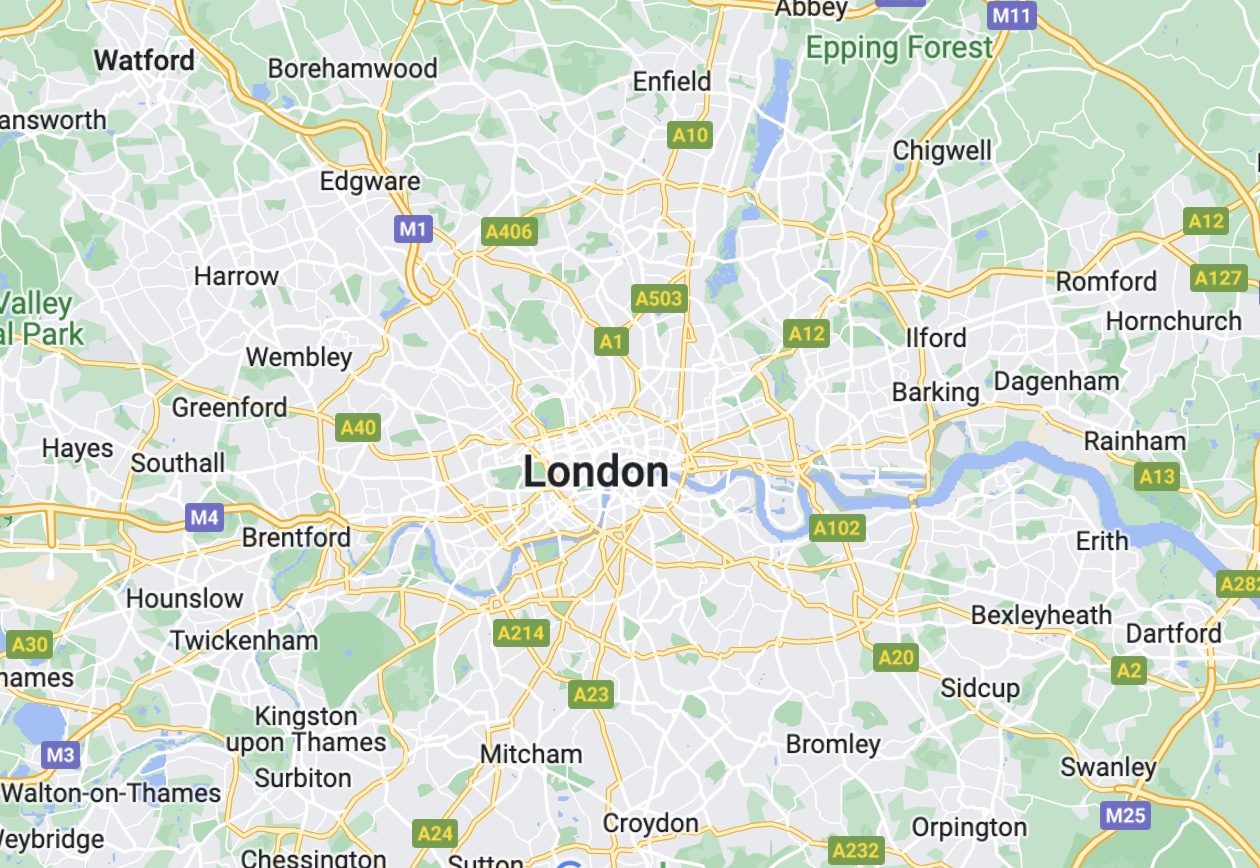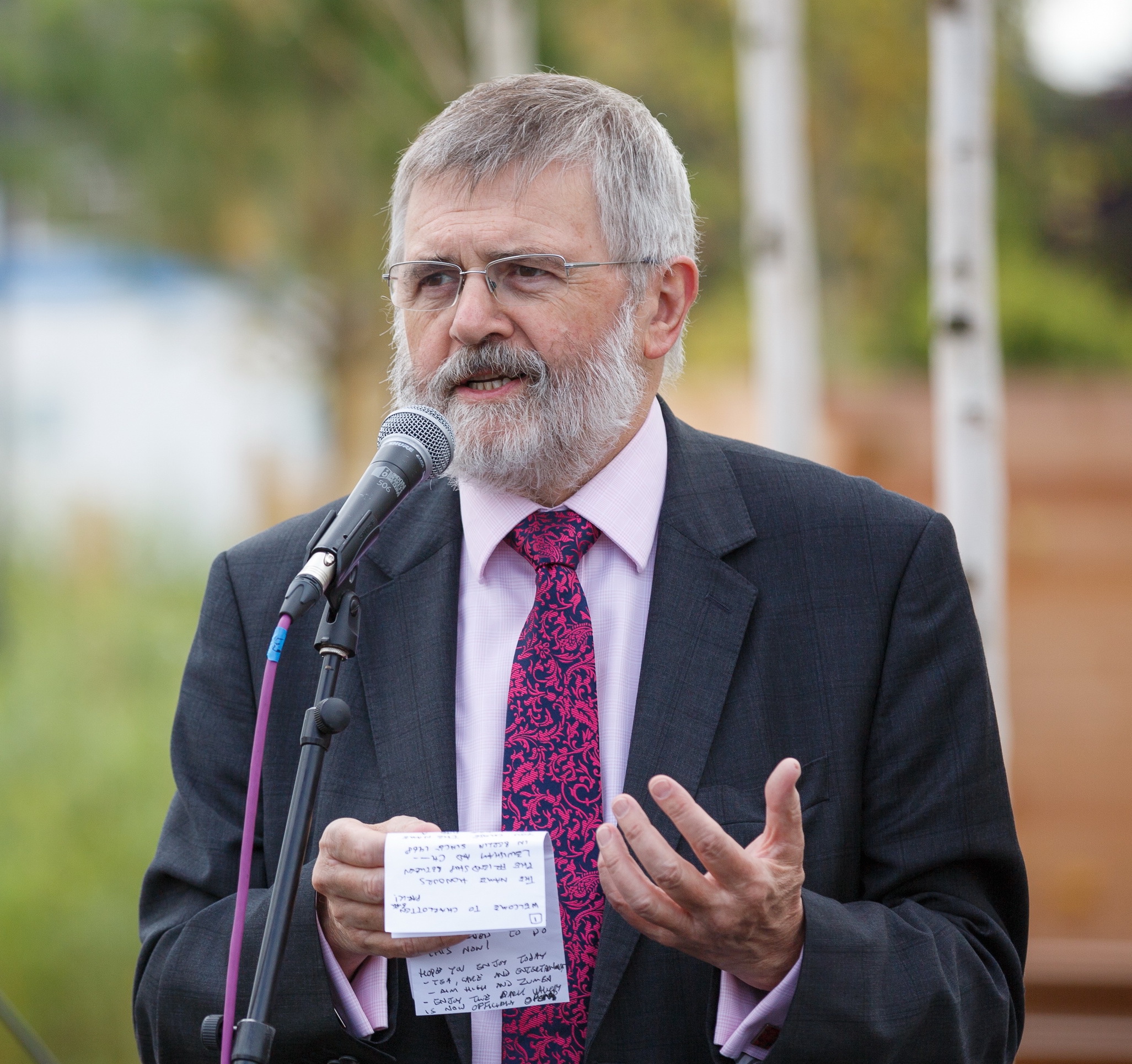Post
Housing crisis: Growing shortfalls increases cost of homes
27 Jul 2023
The dictionary defines a crisis as a crucial stage or turning point in the course of something. London's housing crisis has been with us for many years and so should perhaps now be called a housing disaster, says Sir Steve Bullock, former Mayor of Lewisham.
Its roots are relatively simple - London's population has grown significantly and the housing needs of that population have also changed over time. When Lewisham was created in 1964, its population was 288,000. Over the following 30 years it initially declined and then stabilised around 240,000. It started to grow again around the millennium - slowly at first.
Join today and get priority booking here at The London Society
Before 2030 the city will reach a population of 10 million. To keep pace, London needed to build at least 40,000 new homes every year but since before the Second World War has never approached this figure. Inevitably, the effect of this growing shortfall has been to increase the cost of housing.
Rents are skyrocketing
The value of owner-occupied homes has rocketed to the point where many couldn't afford to buy them if they were starting out today, and it has fuelled dramatic increases in rent levels. Rents in the capital, already higher than the rest of the UK, have grown much faster.
The stark truth is that for many families on low incomes - including those in work - there is nowhere in London they can afford to buy or rent except for the diminishing number of local authority and housing association properties available at social rents.
As a result there are huge subsidies to rents in the private sector, either through housing benefit payments or from councils, which have a duty to house anyone who is homeless, whatever the cost.
The response of central government has veered between indifference and positively Orwellian policies, such as "Welfare Reform", that sound like a solution but either don't work or make the situation worse.
Check out our rundown of upcoming events
"Affordable" rents in London are defined as being between 65 and 80 per cent of the market rate, which for many Londoners is anything but affordable. Any definition of affordable housing has to take household incomes into account.
If a household is paying much more than 35 per cent of its income on housing it will not be affordable. Just as the London Living Wage tries to take a realistic view of how much it costs to live in London, so we need a London Living Rent that does the same.
Public and private providers must deliver to address housing crisis
There also needs to be a cross-party agreement not to do anything that will make the situation worse.
It is likely that it will require London housing associations to adopt a Right to Buy regime that will involve selling at a discount, and that they will be recompensed by money raised from the forced sale of council properties on the open market.
This will further reduce the number of properties that low-income families can access while pushing up costs to both central and local government.
Turning the crisis around will require the city to plan ahead, and all its housing providers, public and private, to deliver something like 50,000 units a year for the next decade.
The challenges include finding land to build on, funding and gearing up the construction sector to deliver that many homes.
I believe it can be done but it will require government at all levels to accept the true scale of the challenge and work with us all to make it happen. Initiatives such as the London Land Commission, which will identify where new homes can be built, are a start, but the city is crying out for leadership on this.
Sir Steve Bullock was the first directly elected mayor of the London Borough of Lewisham from 2002 to 2018. He then went on to serve as Chair of Finance, Chair of Leisure, Deputy Leader. Following this, he served as Chair of University Hospital Lewisham NHS Trust.
From the archives of the London Society Journal


